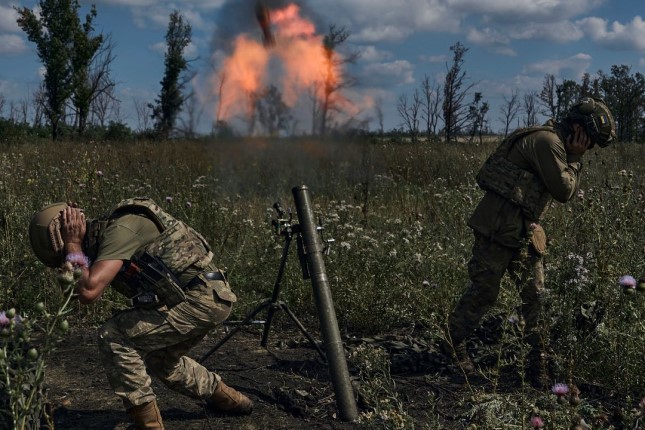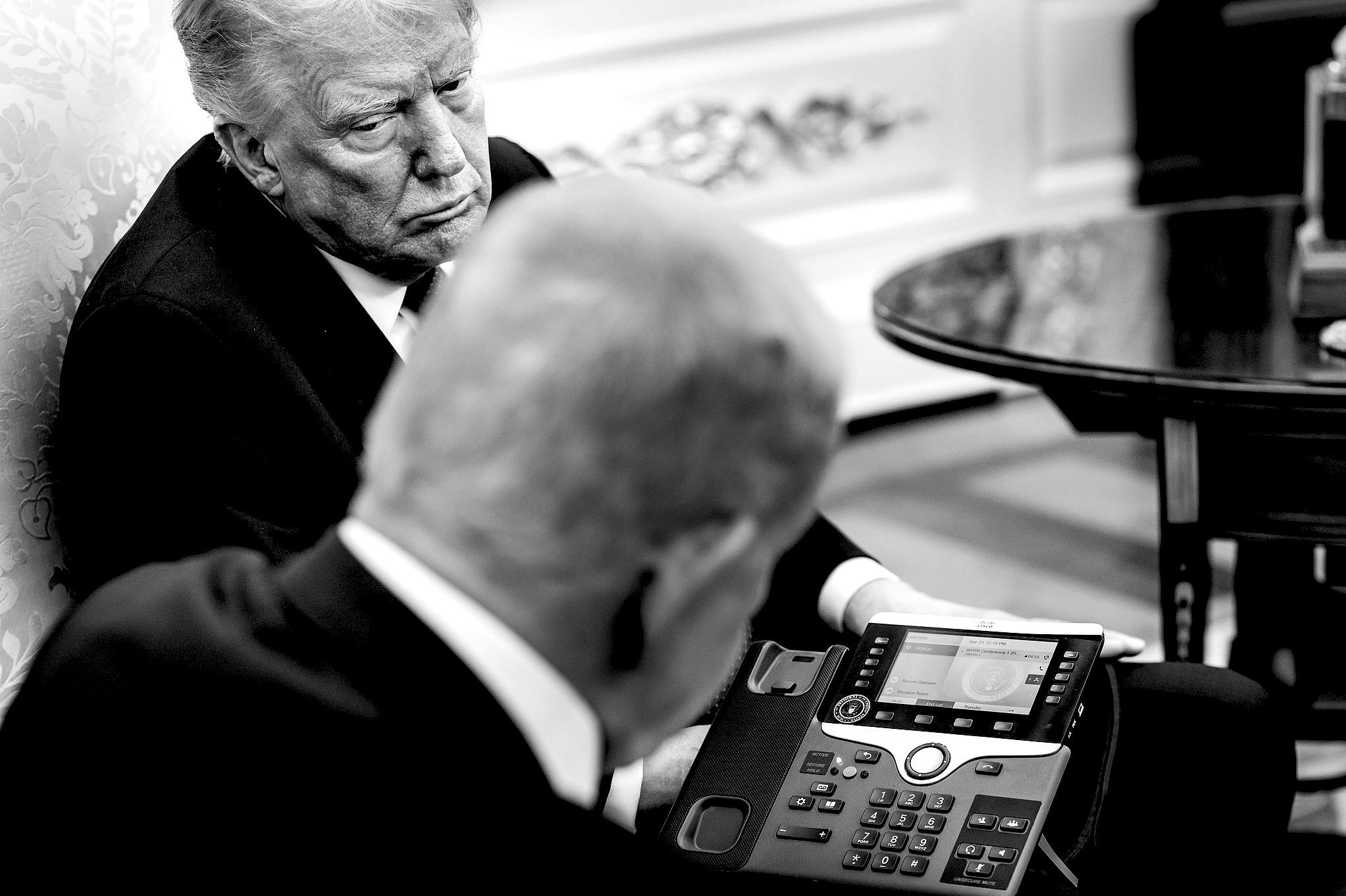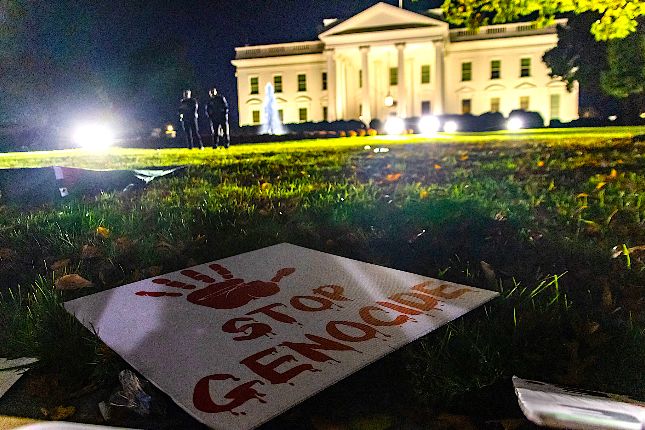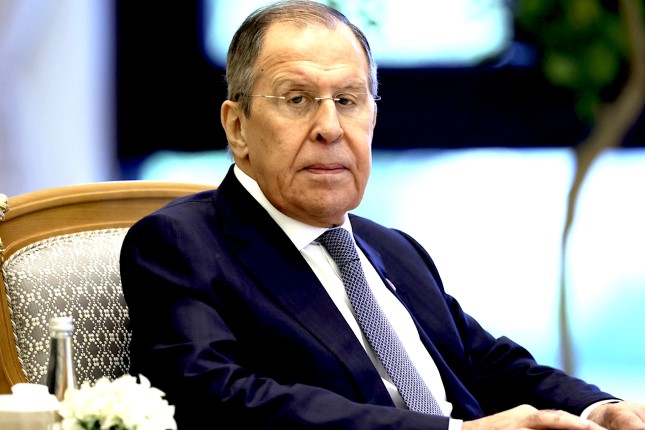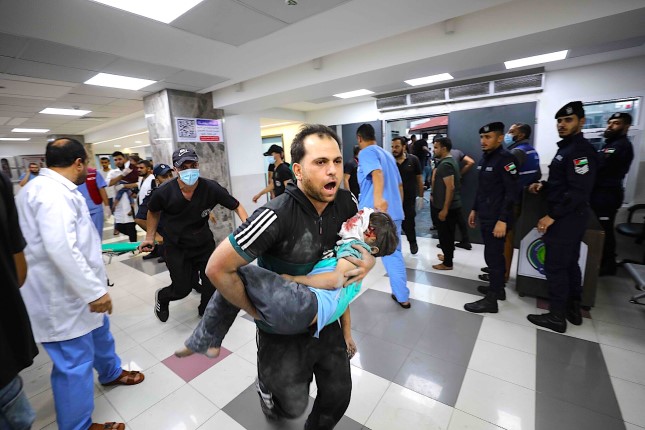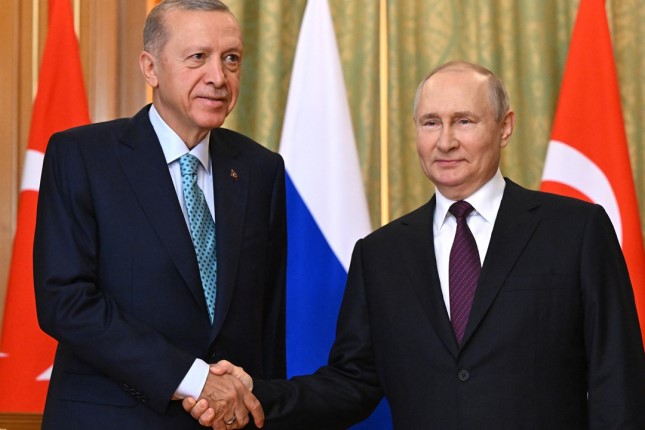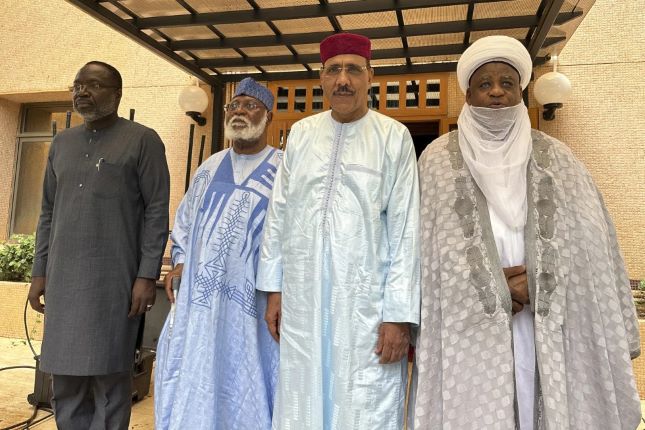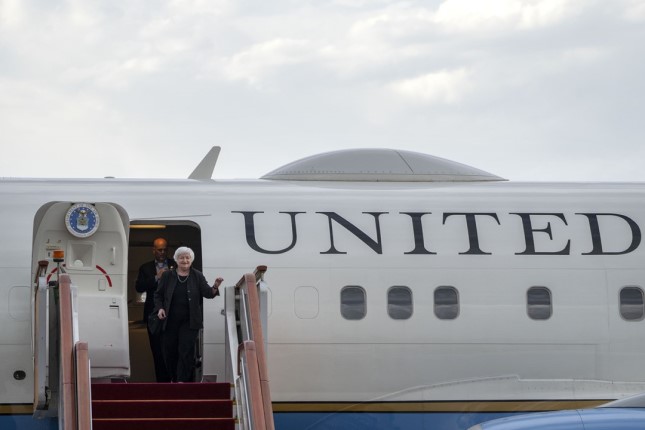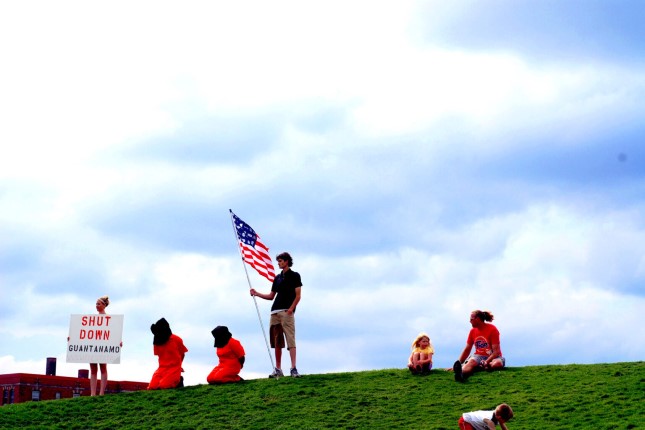In recent weeks, it has become clear that Ukraine’s spring offensive, presented as a decisive turning point in the war, has been an unmitigated disaster.
Media reports have documented units that have been totally obliterated and reconstituted multiple times, the herding of conscripts “forced to fight” against well-defended front lines, and the massive death toll.
But regardless of the disaster for the population of Ukraine, the US continues to pump hundreds of millions of dollars into the war each week, with no end in sight.
The latest installment came on Monday when the Biden administration announced that it would send over $200 million in weapons to Ukraine in the 44th such weapons shipment to date.
The arms shipment included millions of rounds of small arms ammunition, plus shells for artillery and tanks and missiles for the HIMARS long-range missile system.
In making the announcement, the US military boasted plans to massively increase production capability for artillery rounds. The US is currently producing 24,000 artillery rounds per month and is planning to triple this capacity to over 80,000 rounds per month next year.
Since the start of the war in February of 2022, the White House has sent over $44 billion in weapons and $120 billion in total payments to Ukraine.
Commenting on the announcement, US Secretary of State Antony Blinken asserted, “United States and our allies and partners will stand united with Ukraine for as long as it takes.”
Last Thursday, the White House wrote a letter to congressional Republicans, calling for them to support a further $24 billion for the war in Ukraine. On Tuesday, the White House said it is “confident that that support is going to continue.”
With the failure of the counteroffensive, “as long as it takes” could mean years into the future.
In an article entitled “Ukraine’s Slog Prompts Focus on Next Year’s Fight,” the Wall Street Journal notes that “military strategists and policy makers across the West are already starting to think about next year’s spring offensive.”
The article reflects “a deepening appreciation that, barring a major breakthrough, Ukraine’s fight to eject Russia’s invasion forces is likely to take a long time.”
Ivo Daalder, a former US ambassador to NATO, told the Wall Street Journal, “I do think there’s a realization in the administration that Ukraine’s not going to be regaining all its territory any time soon.”
Instead, the conflict is becoming, in the words of the Wall Street Journal, a “protracted war of attrition.”
The scale of this new perpetual war is coming into view.
An article in the Washington Post published Tuesday gives a glimpse into the daily horror of the ongoing bloodbath, focusing on the toll of landmines in what has become the world’s most heavily mined country, with over 67,000 miles of its territory covered with lethal explosive mines and unexploded ordnance.
The Post writes, “Bodies ripped to pieces. Arms and legs mangled beyond recognition… The mental anguish of amputating limb after limb after limb is a grim reality of Ukraine’s counteroffensive for doctors working in the Zaporizhzhia region.
The Post quoted one doctor who said, “It’s hard to feel good about yourself and the world when all you are doing is removing limbs from healthy young folk.”
Earlier this month, the Wall Street Journal reported that 50,000 or more Ukrainians have become amputees, citing data from Germany’s Ottobock, the world’s largest prosthetics manufacturer. This would put the level of amputations in the Ukraine war on par with those of major combatants in the First World War.
While the US and Ukraine do not release statistics for military deaths, Russian officials have claimed that tens of thousands of soldiers have been killed in the current offensive, with the total death toll in the war in the hundreds of thousands.
Despite the fact that the Ukrainian military has to date failed to secure meaningful battlefield successes, the primary aim of the US, to militarily and economically weaken Russia, is proceeding.
Since the start of the year, the Russian currency, the ruble, has plunged by 30 percent, hitting its lowest level since the start of the war.
On Tuesday, the country’s Central Bank responded to the escalating selloff of the ruble by raising interest rates by 3.5 percentage points to 12 percent on an emergency basis.
The Central Bank said it aimed to stop the selloff of the ruble and stop runaway inflation in the country.
In March, US President Joe Biden boasted that his aim was to reduce the ruble to “rubble” as a result of the war.
Leading US war hawks responded to the news of the emergency central bank intervention enthusiastically.
Former US ambassador to Russia Michael McFaul approvingly retweeted an article published in the British Economist which suggested that “in all likelihood, the civilian economy will take the pain. Rising inflation and higher interest rates will weaken the purchasing power of ordinary Russians, forcing them to buy fewer foreign goods.”
McFaul retweeted a statement by economist Ben Moll that declared, “Sanctions work! Forcing this kind of choice on Putin has been the argument for sanctioning Russian energy exports all along.”
The enthusiastic response to a deepening crisis of the Russian economy has been accompanied by demands for ever further US military intervention into the conflict.
In a Wall Street Journal article entitled “Blame Biden’s Hesitancy for Stalling Ukraine’s Offensive,” former US National Security Advisor John Bolton called for an even more aggressive US intervention into the conflict, as well as sanctioning China for its alleged involvement in the war. “The West should be imposing sanctions directly on Beijing,” Bolton said.
Pointing to the failure of the military offensive, the Atlantic Council called on the US to deepen its involvement int he conflict, declaring, “The real question is whether the West is doing enough to support Ukraine’s military efforts. The blunt answer is no… In the face of this carnage, continued hesitation is inexcusable.”
Main photo: Ukrainian soldiers fire a mortar towards Russian positions at the front line, near Bakhmut, Donetsk region, Ukraine, Saturday, Aug. 12 2023 © AP photo / Libkos.
Source: World Socialist Web Site.
